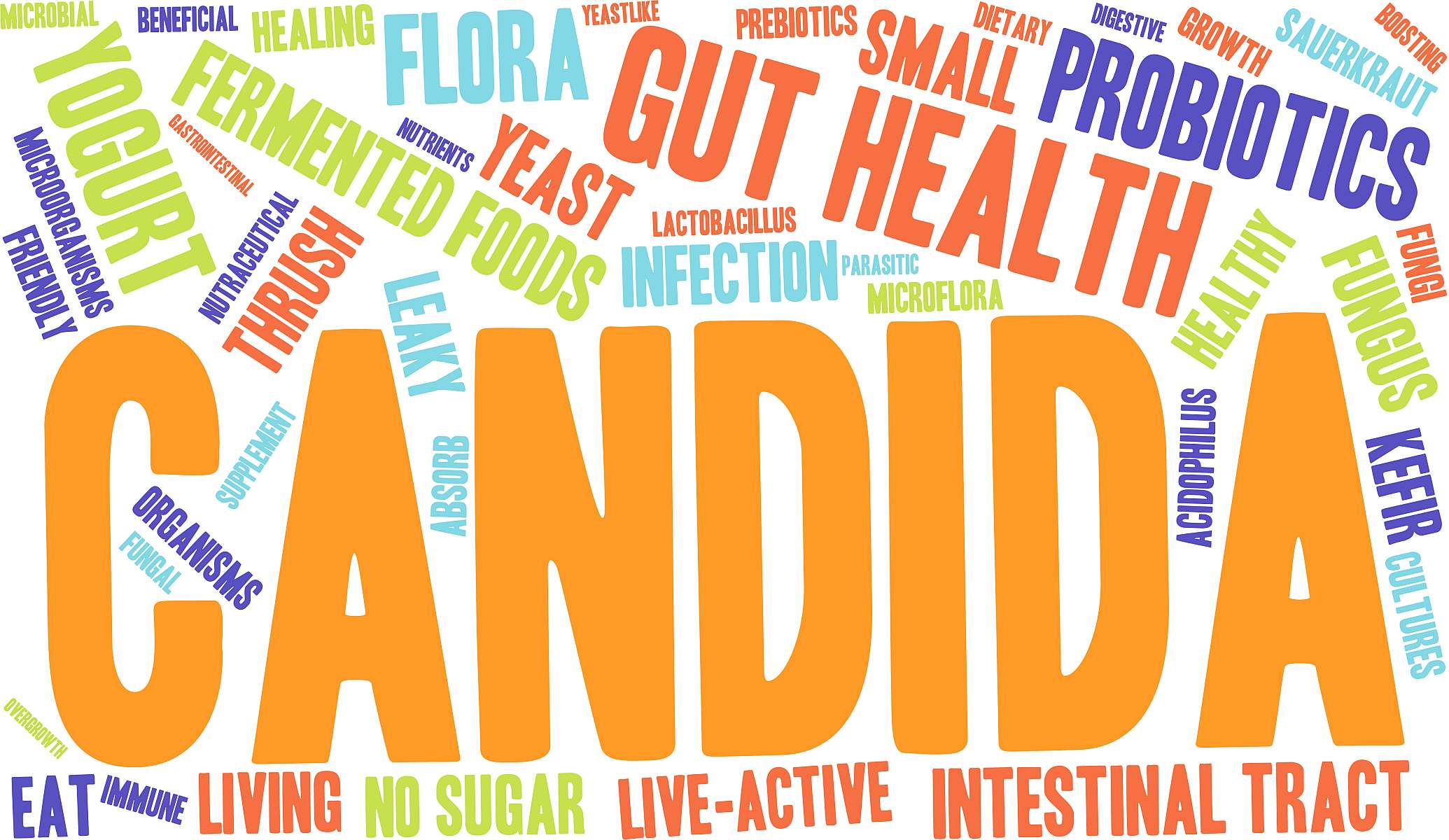If you are one of the lucky people who got their Candida diagnosed, you are a step ahead of many. Now that you know, you will start the battle with this resilient microorganism, and you will restore your health. If you catch it early is probably just a matter of diet, and an antifungal. But most likely, that not the case.
Chapter 5: Holistic Candida Treatment – A Multifaceted Approach
Many people overlook minor health issues with a wide range of symptoms, from digestive discomfort and fatigue to skin problems and mood imbalances. Many time they treat the symptoms, and that is manageable for a while.
This comprehensive guide goes beyond the conventional treatment, exploring over the counter, safe solutions, that are more effective than the standard medical care. As with all health and medical related issues, you will have to run these by your phisician. This guide just shows you what is available and what was explored by science, but it doesn’t constitute medical advice in any case.
Conventional fungal treatments rely on antifungal medication. While the antifungal medicine is safe and decently effective, a holistic, mutiprong approach is more effective. This comprehensive guide explores a multifaceted approach, that will mitigate the side effects, and increase your chances of success.
We have another article where we explore the most effective natural antifugals, and we recommend you read that article.
Let’s start by discussing the important role of the liver in detoxification and supprt, and why is this important in the context of combating Candida.
Liver Protection: Your Ally in the Candida Battle
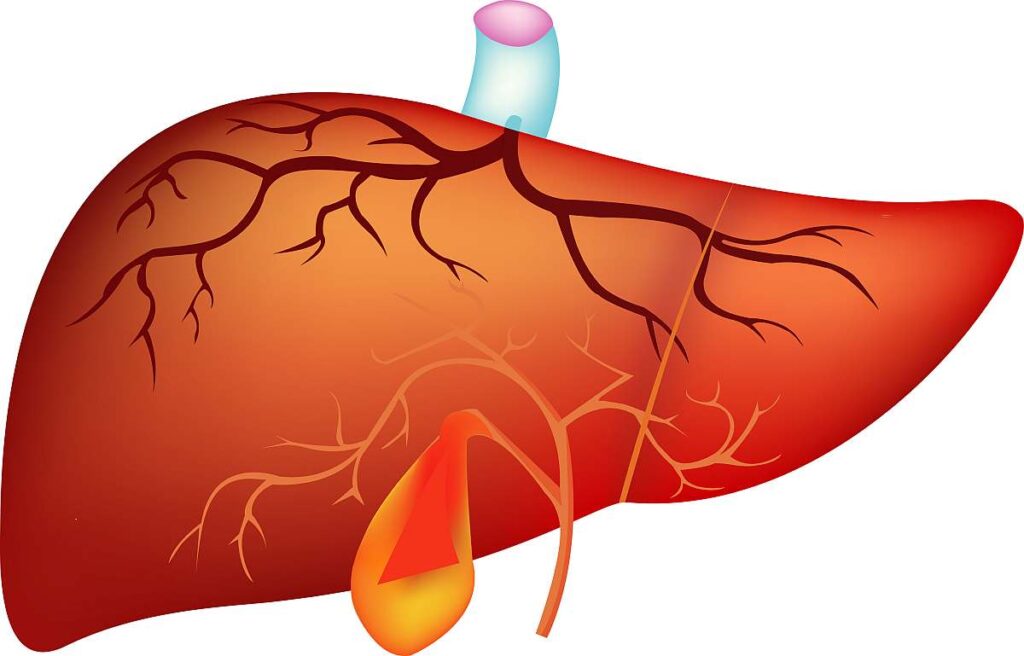
When battling Candida overgrowth, it’s crucial to support your liver’s function. As the body’s primary detoxification organ, the liver plays a vital role in eliminating toxins released by dying Candida cells during treatment. This process, known as the Herxheimer reaction or “die-off,” can overwhelm the liver and lead to unpleasant symptoms. [1] Moreover, a sluggish liver may have contributed to the initial Candida overgrowth by failing to effectively remove toxins and waste products from the body. [2] Therefore, incorporating liver-supporting supplements into your Candida treatment plan becomes essential for optimal recovery and overall health.
There are many cases of people who had a great success getting rid of Candida, but they had to stop because of the Herxheimer reaction. In other words, you are more sick while killing Candida than when you leave it alone. The side effects are so serious some times, that patients need to stop the treatment. Sometimes they believe it is the antifungal that makes them sick, when in fact is the die-off reaction. This is another reason to get medical advice and supervision. But let’s see how can we mitigate some of the side effects.
SAMe (S-adenosyl-methionine) stands as a potent liver protector, promoting joint comfort and mental well-being. While it may come with a higher price tag, its efficacy justifies the investment. [3] Silymarin, the active compound in milk thistle extract, ranks among the most popular supplements for liver support. [4] However, to obtain the optimal 500 mg dose of silymarin, you would need to consume large quantities of the whole plant.
Other notable liver-supporting plants and supplements include:
- Dandelion root (ground or as tea) [5]
- Curcumin [6]
- N-acetylcysteine (NAC) [7]
- L-taurine for preventing gallstones [8]
For a comprehensive approach, consider this product that combines a blend of hepato-protectants and enzymes.
Prebiotics: Fueling Your Gut’s Defenders
Prebiotics play a crucial role in maintaining a healthy gut microbiome, which is essential for preventing and combating Candida overgrowth. These non-digestible fibers selectively nourish the beneficial bacteria in your gut, such as Bifidobacteria and Lactobacilli, enabling them to outcompete opportunistic microorganisms like Candida. [9] A thriving population of good bacteria helps maintain the integrity of the gut lining, reduces inflammation, and supports immune function, all of which contribute to keeping Candida in check. [10] Unfortunately, modern diets often fall short in providing the prebiotic fibers necessary for optimal gut health, making it important to consciously include prebiotic-rich foods and supplements in your diet. Discover more about prebiotic foods here.
Allium Family Vegetables: Nature’s Prebiotic Powerhouses, (Garlic and Onion)
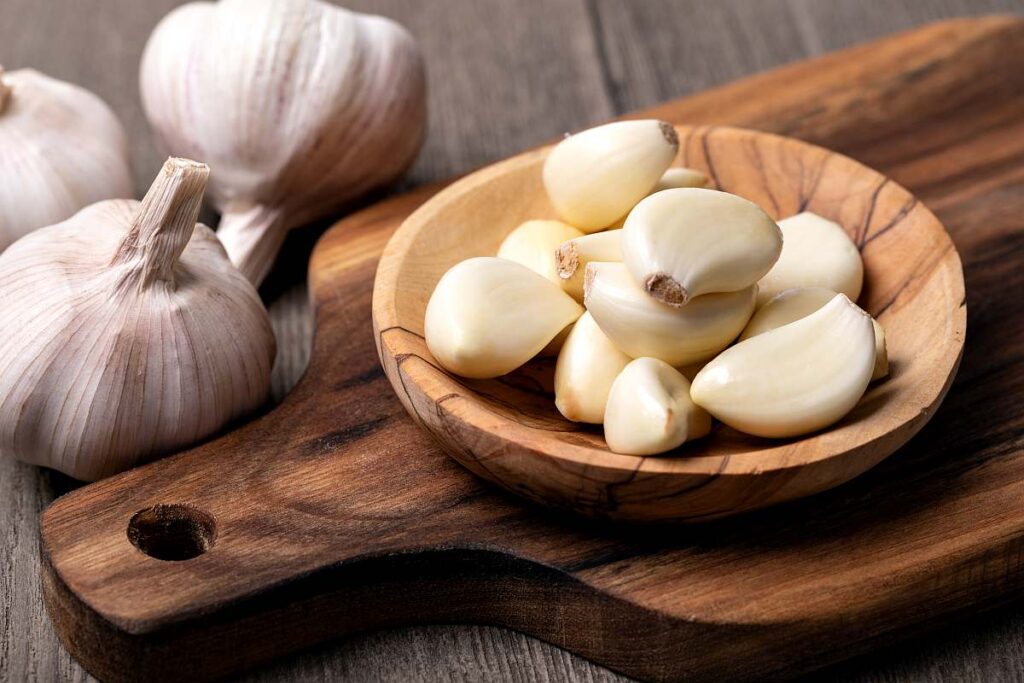
Incorporate onions, garlic, chives, leeks, and other Allium family vegetables into your diet for a prebiotic fiber boost. Ancient Roman warriors recognized the strength-enhancing properties of raw garlic cloves. [11] Adding raw garlic to your meals offers protection against Candida infections. When cooking with garlic, chop or mash it and allow a 7-minute rest before heating. This pause enables a crucial chemical reaction in the bruised garlic, unleashing its potent antifungal effects. [12]
While garlic stands as the only scientifically proven antifungal in the Allium family, folk medicine has long regarded all Allium vegetables as promoters of intestinal health. [13] The soluble fiber in these vegetables acts as a prebiotic, fostering the growth of beneficial bacteria. Garlic reigns supreme with its dual prebiotic and antifungal properties, but don’t underestimate the power of onions and leeks too.
Prebiotic Supplements: Convenient Gut Health Boosters
Prebiotic supplements offer a hassle-free way to increase your intake of indigestible carbohydrates. Achieving a diet rich in soluble fiber can prove challenging, making supplements an excellent option to enhance your gut health. Some top-notch prebiotic supplements include:
- Klaire Labs – Galactomune is a combination of galactooligosaccharides and beta-glucan.
- Prebiotin is another prebiotic blend. This blend contains inulin and oligofructose.
- Plantain flour is not a supplement, but is loaded with resistant starch, another type of indigestible carbohydrate. Resistant starch will feed your good bacteria selectively.
- Acacia gum is another amazing prebiotic food, it contains arabinogalactan.
For some more information about prebiotics, check my web page here: Prebiotic supplements.
Crucial Tip: Start Slow and Steady
When introducing fiber into your diet, start slowly and gradually increase the dose. During the initial adjustment phase, when your body adapts to higher soluble fiber intake, consume fermented foods or take probiotic supplements to support your gut flora.
Outsmarting Candida Adaptation
Over time, Candida and other pathogens can adapt and feed on prebiotics. [24] By combining probiotics with prebiotics, you create a synergistic effect that accelerates the process and prevents pathogen adaptation. Rotate your prebiotic every few days to encourage the growth of diverse beneficial bacteria and keep yeast from acclimating.
Gymnema Sylvestre is another addition to your regimen that can prevent Candida adapt and turn into it hyphal mode. It is advisable to include Gymnema into your regiment right from the begining.
Beta-Glucans: Prebiotics with Immune-Boosting Powers
An interesting prebiotic are the beta-glucans. Beta-glucans, polysaccharides found in the cell walls of yeast, bacteria, and fungi, deserve special attention. While not technically prebiotics, they help stimulate immune function. [25] Candida, a cunning pathogen, evades immune detection with its outer mannan layer. However, beneath this cloak lies a beta-glucan layer that our immune system can easily recognize. [26] By supplementing with beta-glucans, we awaken our immune response and combat yeast despite its clever disguise.
Caution: Inflammatory Probiotics and Die-Off Misconceptions
Exercise caution with certain probiotics that exhibit inflammatory properties. These are best reserved for the second phase of treatment. Some individuals mistakenly attribute probiotic intake to the “die-off reaction,” but this is actually an exacerbation of the body’s inflammatory response. While inflammation in normal ranges promotes healing, prolonged inflammation harms health and creates an environment that favors Candida growth. [30] Ironically, taking probiotics that induce inflammation can inadvertently aid the yeast. To counteract this, consume substantial amounts of probiotics after using antifungals.
Dosage Guidelines and Strain Spotlight
Adults can safely take up to 50 billion CFU per day once acclimated to a specific probiotic type and brand. However, when starting a new probiotic, begin with 5 billion CFU and gradually increase to 20 billion CFU or more. Some products, like VSL#3, contain over 100 billion CFU per serving. [31] For children, start with lower doses and progress more slowly.
Research has shown that Lactobacillus rhamnosus GR-1 and Lactobacillus reuteri RC-14 are exceptionally effective in preventing recurring vaginal yeast infections. [32] If you reside in a warm climate or maintain a warm home, store your probiotics in the refrigerator to preserve their viability.
Raw Probiotics Women: A Potent Candida Killer
Despite its name, Raw Probiotics Women benefits both men and women in efficiently combating Candida. With an impressive 85 billion CFUs and 32 probiotic strains, it stands as one of the best ways to improve intestinal health. Raw Probiotics Women ranks among my favorite probiotics.
Apple Cider Vinegar: A Multipurpose Candida Fighter
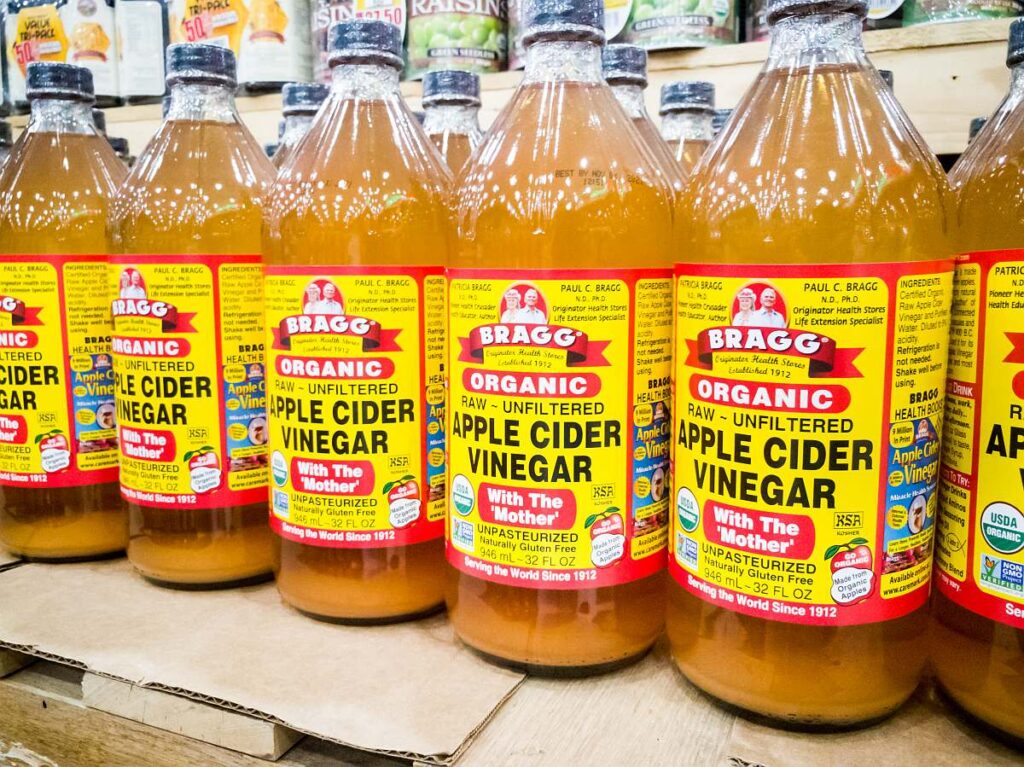
Apple cider vinegar (ACV) is a versatile and natural remedy that can help prevent and manage Candida infections through several mechanisms. it contains enzymes, micronutrients and soluble fiber that feed your “good” microflora, and therefore, make your body less favorable to Candida overgrowth.
While adding ACV to salad dressings, soups, and sauces is always an option, establishing a daily ACV regimen yields even better results due to consistent intake. To begin, mix one tablespoon of raw, unfiltered ACV (like Bragg) in a cup of water and drink it first thing every morning. The cloudy appearance indicates the presence of beneficial compounds. Never consume ACV undiluted, as its acidity can cause harm. [35]
In conclusion, by incorporating liver-supporting supplements, prebiotic foods and supplements, probiotic-rich foods and targeted supplements, and a daily apple cider vinegar regimen, you equip your body with powerful tools to combat Candida overgrowth and restore gut harmony. Remember to start slowly, listen to your body, and consult with a healthcare professional for personalized guidance on your journey to optimal gut health.
Probiotic Supplements: Restoring Gut Harmony
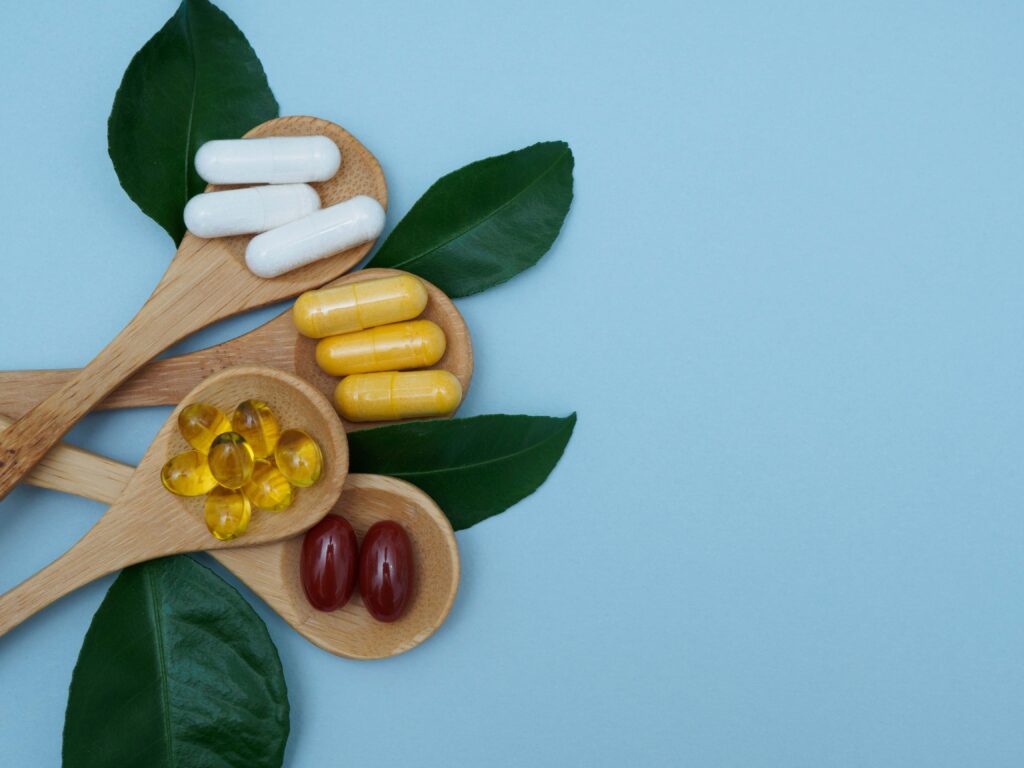
Probiotics are live microorganisms that, when consumed in adequate amounts, confer health benefits to the host. [27] In the context of Candida overgrowth, probiotics help restore the balance of the gut microbiome by competing with Candida for space and resources, producing antimicrobial compounds, and modulating the immune system. [28] While consuming fermented foods provides a steady supply of probiotics, targeted supplementation becomes necessary when addressing specific health concerns like Candida. High-quality probiotic supplements ensure a consistent daily intake of beneficial bacteria, making them an essential tool in the fight against Candida.
Finding a good probiotic supplement will help you restore balance to your gut flora and keep your Candida from overgrowing. It’s also a simple way to make sure you get probiotics in your system every day. When selecting a probiotic, look for capsules that contain at least five billion CFU (colony forming units) and five to ten (or more) strains of probiotics. I don’t want to spend money if I don’t have to. So I eat a lot of cultured foods, and this gives me enough probiotics on a daily basis. But when you need to target a specific health problem you need to take supplements. This is why probiotic supplements are great for treating Candida.
When choosing a probiotic supplement, opt for capsules containing at least five billion CFU (colony forming units) and five to ten (or more) probiotic strains. [29] This diversity of strains is important, as different bacteria offer unique benefits and work synergistically to maintain gut health.
Beware, some probiotics have inflammatory properties. For this reason they are recommended in the second phase of the treatment. People on the Internet can associate probiotics intake with the “die-off reaction!” This is not what it is; it is just an exacerbation of the inflammatory response of your body. While inflammation is good in normal ranges, because it makes your body heal, a prolonged inflammation is detrimental to your health. More importantly, inflammation creates a good environment for Candida to grow faster. When we take certain probiotics, and we induce inflammation, we actually help the yeast. This is why is important to take massive amounts of probiotics after taking an antifungal.
Adults can take easily up to about 50 billion CFU a day once they are acclimated to a specific type and brand of probiotics. However, if you’ve never taken a specific type or brand of probiotic before, start with 5 billion CFU and slowly build up to the 20 billion CFU and even more. There are probiotic products on the market, like VSL #3, which contain over 100 billion CFU per serving. With children, it is advisable to start with lower numbers and progress more slowly.
Lactobacillus rhamnosus GR-1 and Lactobacillus reuteri RC-14 are two strains of probiotics that have been proven through research to be exceptionally good at stopping recurring vaginal yeast infections!
If you live in a warm climate or keep your home quite warm, it is best to store your probiotics in the refrigerator to keep more of the probiotics alive.
Another potent probiotic is Raw Probiotics Women. Despite the name, this supplement works in both men and women, and it kills Candida very efficiently. With 85 billion CFUs and 32 probiotic strains, is on of the best ways to improve your intestinal health. Raw Probiotics Women is one of my favorite probiotics.
Diverse Prebiotic Foods
Prebiotic foods are a crucial component of a gut-friendly diet, as they provide the necessary fuel for beneficial bacteria to thrive. These non-digestible fibers pass through the digestive system unaltered, serving as a food source for the good bacteria in the colon. By promoting the growth and activity of these beneficial microorganisms, prebiotic foods contribute to a healthier gut microbiome, which is essential for overall health and well-being.
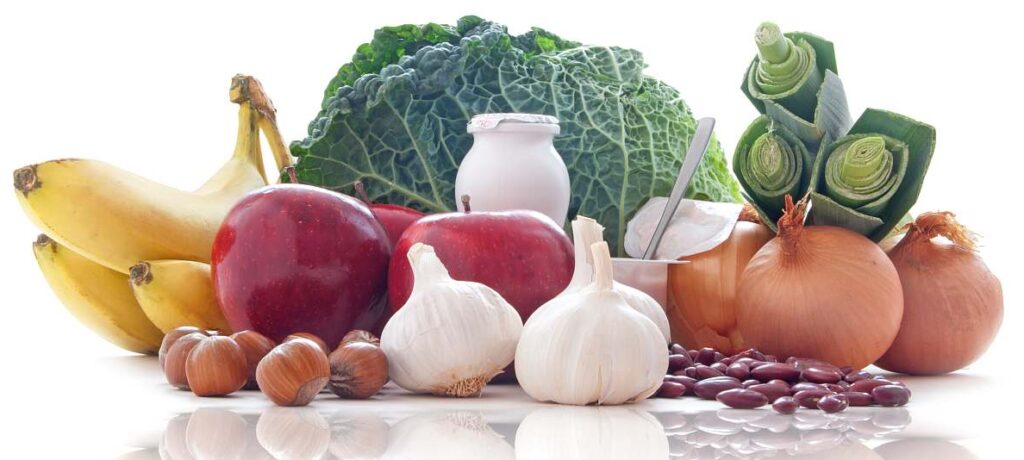
Enrich your diet with these prebiotic-rich foods:
- Boiled and cooled potatoes [14] – contain resistant starch
- Beans [15] – contain resistant starch
- Chicory root [16] – contains inulin
- Asparagus [17] – a rich souce of inulin
- Dandelion root and greens [18] – another source of inulin
- Marine algae [19]
- Aples and orange peel – contain pectin
- Onions and garlic: These Allium family vegetables are rich in inulin and fructooligosaccharides (FOS), two types of prebiotic fibers that stimulate the growth of beneficial gut bacteria. [36]
- Leeks and asparagus: These green vegetables are also excellent sources of inulin and FOS, promoting the growth of Bifidobacteria and Lactobacilli in the gut. [37]
- Jerusalem artichokes: Also known as sunchokes, these tubers are one of the richest sources of inulin, providing a potent prebiotic effect. [38]
- Bananas: Slightly underripe bananas contain resistant starch, a type of prebiotic fiber that escapes digestion and feeds beneficial gut bacteria. [39]
- Barley and Oats: Whole oats are rich in beta-glucan, a prebiotic fiber that promotes the growth of Bifidobacteria and helps maintain gut health. [40]
- Apples: The pectin in apples acts as a prebiotic, stimulating the growth and activity of beneficial gut bacteria. [41]
- Cocoa: Cocoa is a surprisingly rich source of prebiotic fibers, including flavanols and polyphenols, which support the growth of good bacteria in the gut. [42]
Incorporating a variety of these prebiotic foods into your diet can help create a more favorable gut environment, supporting the growth and activity of beneficial bacteria. This, in turn, can contribute to better digestion, enhanced immune function, and improved overall health.
When increasing your intake of prebiotic foods, it’s essential to do so gradually to minimize potential digestive discomfort. As the gut bacteria ferment these fibers, some individuals may experience bloating, gas, or abdominal discomfort, especially if they are not used to consuming high-fiber foods. Starting with small portions and slowly increasing over time can help the gut adapt and reduce the likelihood of adverse symptoms.
In addition to consuming prebiotic foods, maintaining a balanced and diverse diet rich in fruits, vegetables, whole grains, and fermented foods can further support gut health. Staying hydrated, managing stress, and engaging in regular physical activity are also important factors in promoting a healthy gut microbiome.
By making prebiotic foods a regular part of your diet and adopting gut-friendly lifestyle habits, you can create a supportive environment for beneficial bacteria to flourish, contributing to better overall health and well-being.
References
- https://www.ncbi.nlm.nih.gov/pmc/articles/PMC4019419/
- https://www.ncbi.nlm.nih.gov/pmc/articles/PMC4019419/
- https://www.ncbi.nlm.nih.gov/pmc/articles/PMC3654700/
- https://www.ncbi.nlm.nih.gov/pmc/articles/PMC6567784/
- https://www.ncbi.nlm.nih.gov/pmc/articles/PMC6567784/
- https://www.ncbi.nlm.nih.gov/pmc/articles/PMC6567784/
- https://www.ncbi.nlm.nih.gov/pmc/articles/PMC6567784/
- https://www.ncbi.nlm.nih.gov/pmc/articles/PMC6567784/
- https://www.ncbi.nlm.nih.gov/pmc/articles/PMC6463098/
- https://www.ncbi.nlm.nih.gov/pmc/articles/PMC6463098/
- https://www.ncbi.nlm.nih.gov/pmc/articles/PMC4103721/
- https://www.ncbi.nlm.nih.gov/pmc/articles/PMC4103721/
- https://www.ncbi.nlm.nih.gov/pmc/articles/PMC4103721/
- https://www.ncbi.nlm.nih.gov/pmc/articles/PMC6463098/
- https://www.ncbi.nlm.nih.gov/pmc/articles/PMC6463098/
- https://www.ncbi.nlm.nih.gov/pmc/articles/PMC6463098/
- https://www.ncbi.nlm.nih.gov/pmc/articles/PMC6463098/
- https://www.ncbi.nlm.nih.gov/pmc/articles/PMC6463098/
- https://www.ncbi.nlm.nih.gov/pmc/articles/PMC6463098/
- https://www.klaire.com/prod/proddetail.asp?id=K-GMS
- https://www.prebiotin.com/prebiotin-prebiotic-fiber/
- https://www.ncbi.nlm.nih.gov/pmc/articles/PMC6463098/
- https://www.ncbi.nlm.nih.gov/pmc/articles/PMC6463098/
- https://www.ncbi.nlm.nih.gov/pmc/articles/PMC6463098/
- https://www.ncbi.nlm.nih.gov/pmc/articles/PMC6117663/
- https://www.ncbi.nlm.nih.gov/pmc/articles/PMC6117663/
- https://www.ncbi.nlm.nih.gov/pmc/articles/PMC4054347/
- https://www.ncbi.nlm.nih.gov/pmc/articles/PMC4054347/
- https://www.ncbi.nlm.nih.gov/pmc/articles/PMC4054347/
- https://www.ncbi.nlm.nih.gov/pmc/articles/PMC4054347/
- https://www.vsl3.com/discover/vsl3-advantage/
- https://www.ncbi.nlm.nih.gov/pmc/articles/PMC4054347/
- https://www.ncbi.nlm.nih.gov/pmc/articles/PMC6471973/
- https://www.ncbi.nlm.nih.gov/pmc/articles/PMC6471973/
- https://www.ncbi.nlm.nih.gov/pmc/articles/PMC6471973/
- https://www.ncbi.nlm.nih.gov/pmc/articles/PMC6463098/
- https://www.ncbi.nlm.nih.gov/pmc/articles/PMC6463098/
- https://www.ncbi.nlm.nih.gov/pmc/articles/PMC6463098/
- https://www.ncbi.nlm.nih.gov/pmc/articles/PMC6463098/
- https://www.ncbi.nlm.nih.gov/pmc/articles/PMC6463098/
- https://www.ncbi.nlm.nih.gov/pmc/articles/PMC6463098/
- https://www.ncbi.nlm.nih.gov/pmc/articles/PMC6463098/
